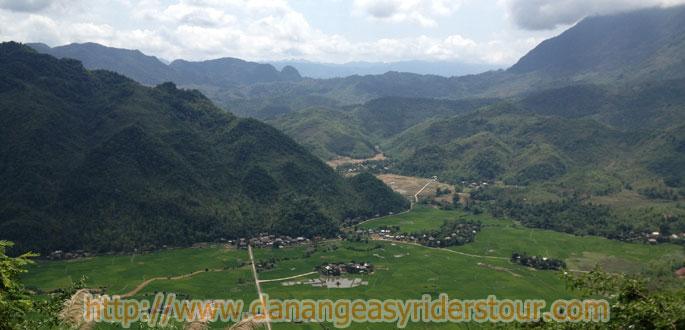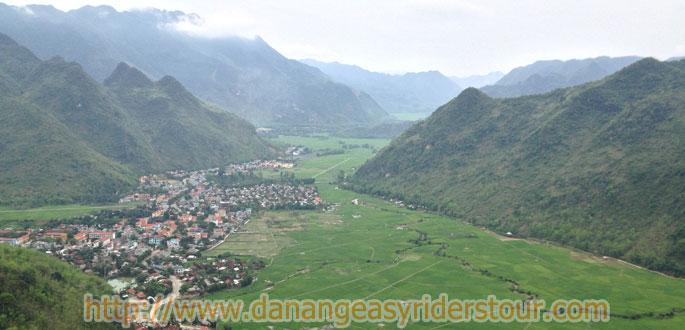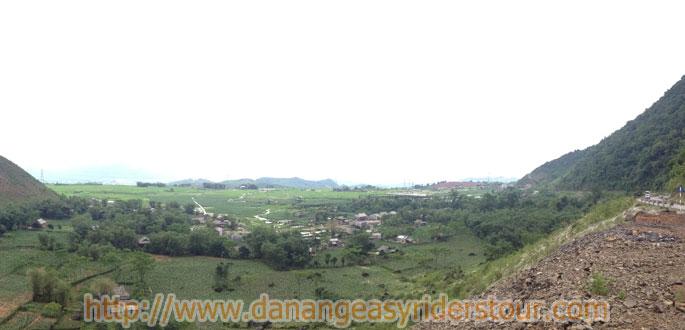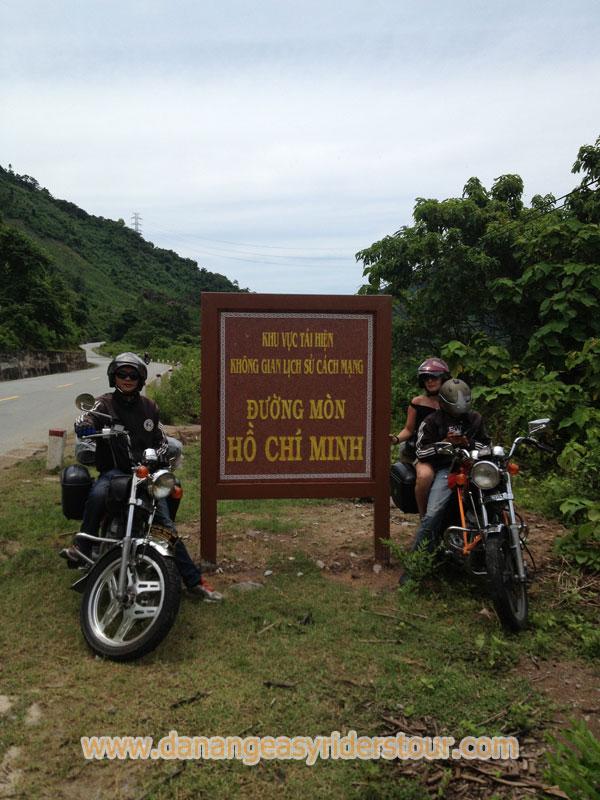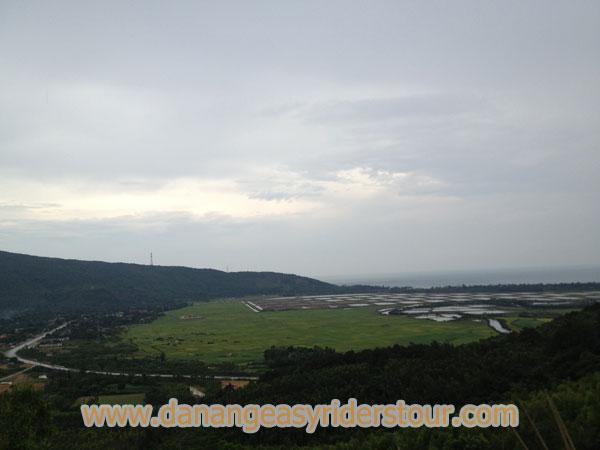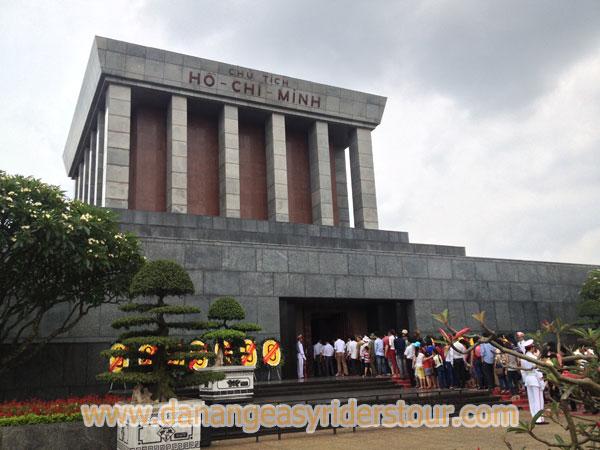Temple of Literature (Vietnamese: Văn Miếu is a temple of Confucius in Vietnam. Although several Văn Miếu can be found throughout Vietnam, the most prominent and famous is that situated in the city of Hanoi.
TEMPLE OF LITERATURE HANOI
Vietnam`s first university. It is featured on the back of the one hundred thousand Vietnamese đồng banknote.
Văn Miếu, Hà Nội
Turtle Steles with the names of those successful at the imperial exams

The landmark was founded in 1070 as a Confucian temple. Only parts of the Văn Miếu complex date back to the earliest period, although much of thearchitecture dates to the Lý (1010 – 1225) and Trần (1225 – 1400) Dynasties.

In 1076 Vietnam`s first university, the Quốc Tử Giám (國子監) or Imperial Academy, was established within the temple to educate Vietnam`s bureaucrats, nobles, royalty and other members of the elite. The university functioned for more than 700 years, from 1076 to 1779. Given the extreme difficulty of the doctor laureate tests, few students passed final examinations. The list of names engraved on the stone stele every year during this period is very small. The stele records 2,313 students graduating as doctor laureats.
Emperor Lê Thánh Tông established the tradition, dating back to 1484, of carving the names of the laureates of the university on stone steles that were placed on top of stone tortoises. Of the 116 steles corresponding to the examinations held between 1142 and 1778, only 82 remain.
According to the book the Complete History of the Great Viet, "In the autumn of the year Canh Tuat, the second year of Than Vu (1070), in the 8th lunar month, during the reign of King Ly Thanh Tong, the Temple of Literature was built. The statues of Confucius, his four best disciples: Yan Hui (Nhan Uyên), Zengzi (Tăng Sâm), Zisi (Tử Tư), and Mencius (Mạnh Tử), as well as the Duke of Zhou (Chu Công), were carved and 72 other statues of Confucian scholars were painted. Ceremonies were dedicated to them in each of the four seasons. The Crown Princess studied here."
This ancient Confucian sanctuary is now considered one of Hanoi`s finest historical sites. The temple is based on Confucius` birthplace at Qufu in the Chinese province of Shandong. It consists of five courtyards lined out in order, entrance to the first, via the impressive twin-tiered Văn Miếu gate, leads to three pathways that run the length of the complex.

The centre path was reserved for the king, the one to its left for administrative Mandarins and the one to its right for military Mandarins. The first two courtyards are peaceful havens of ancient trees and well-trimmed lawns where scholars could relax away from the bustle of the city outside the thick stone walls.
Entrance to the third courtyard is through the dominating Khuê Văn Các (constellation of literature), a large pavilion built in 1802. Central to this courtyard is the Thien Quang Tinh ("Well Of Heavenly Clarity"), either side of which stand two great halls which house the true treasures of the temple. These are 82 stones steles. Another 34 are believed to have been lost over the years. They sit upon stone turtles and are inscribed with the names and birth places of 1306 men who were awarded doctorates from the triennial examinations held here at the Quốc Tử Giám ("Imperial Academy") between 1484 and 1780, after which the capital was moved to Huế.
The fourth courtyard is bordered on either side by great pavilions which once contained altars of 72 of Confucius` greatest students but now contain offices, a gift shop and a small museum displaying ink wells, pens, books and personal artifacts belonging to some of the students that studied here through the years. At the far end of the courtyard is the altar with statues of Confucius and his four closest disciples. The fifth courtyard contained the Quốc Tử Giám, Vietnam`s first university, founded in 1076 by King Ly Can Duc, but this was destroyed by French bombing in 1947.
The complex has undergone much restoration work, most recently in 1920 and again in 1954, but remains one of the few remaining examples of later Lý Dynasty (1009-1225) architecture within easy walking distance of Ba Dinh square.











